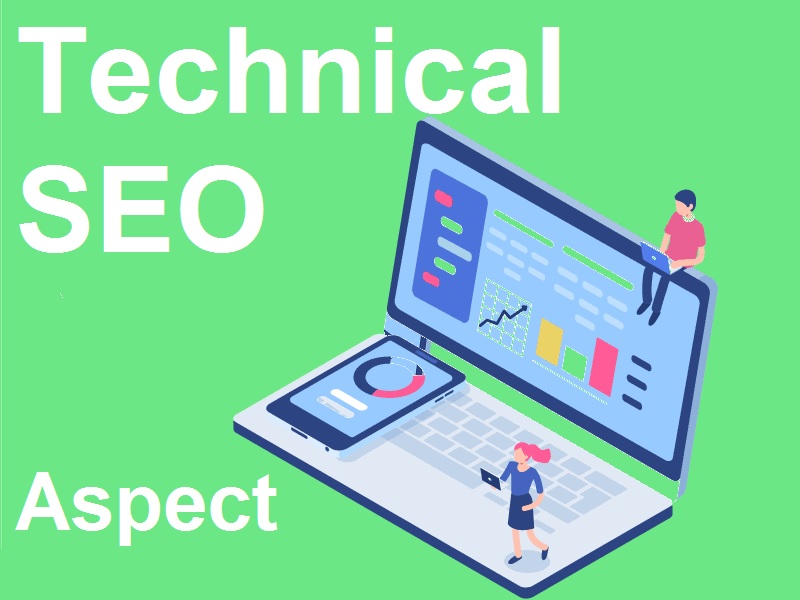A fresh website requires technical Search Engine Optimization (SEO) as a very important foundation. Good content about a famous topic or strong backlinks like T-RANKS will be useless when technical issues in your website are not resolved first. When you plan to rank your website higher during searches, work closely with your web developer and fix the technical errors asap.
Optimizing your page means understanding the key aspects of technical SEO. These are the areas which needs actionable points. To improve your presence in the search engines, you must have a technical checklist of things you need to observe, act upon, and eventually get you up the first page. Here are the 10 aspect you should know when launching a fresh website.
XML Sitemap Optimization
You need a tool which tap the search engines of what are available in your website. This is your XML Sitemap. When you have it optimized, Google can navigate back to your site quickly as it has access to all that is in your pages. Submission of SML sitemap can be done quickly. List down your URLs and submit it to Google. That is the first step in optimizing your XML Sitemap.
Website Security
Google may be huge, but it has the mechanism to detect unsecured websites. Once your website is tagged as unsecure, you might be penalized. That is not something so encouraging, especially when you are a startup. So, work on your site encryptions to ensure your website is safe.
Speed Enhancement
Always run a speed test. If you think your website lags, do something. Make changes. You might have huge landing page files which hampers your site to easily load up. Search engines suggest the most optimized websites but once you get chosen, anything inside it must be easily viewed, or your traffic will be out as fast as they came in.
Navigation Structure
Smooth navigation structure is pleasing to the user. Create yours in a way the visitors would stay as they are getting good experience. Search engines easily index a website if it shows results faster. This is the part where you balance valuable information and seamless navigation. This is when your site visitor will likely stay farther seeing your site doesn’t make surfing a hassle.
Links Acquisition and Positioning
External links and internal links must be sequenced strategically in your website pages. Plan the descriptive words to use when sending visitors to internal pages. As for external backlinking, you must figure target websites. This refers to another website outside of your main domain, but it points and direct back to the website of origin.
Crawls and Indexes
You must be familiar with search engine crawlers as of this time. Broken links showing “404 Error” or “Page not found” is never appealing to website visitors. Fix this problem right away as your user’s website experience will be affected. Crawling is the scanning of codes and content to your website and indexing is gathering of all the contents during the crawling procedure.
Mobile Friendliness
Users always prefer a user-friendly website. When given a choice, a website with better and easier mobile functionality gets picked first. Google and other search engines have a tool to check whether a website is mobile friendly or not. You can use that. Most of these tools are free. Run up a test and see how your website is fairing in terms of the mobile friendliness aspect.
Boosted Image SEO
Website images plan an important role in every website. This is the appealing aspect when someone landed on your website. The simplest idea about image SEO is to fill in completely your alt text. You should know how to lazy load images your website. Choose quality images and accompany it with descriptive file name. Once the file name matches an inquiry, the user will be willing to wait.
SSL Certification
Transitioning from unsecure to secure websites is also regulated by search engines. Secure Sockets Layer (SSL) certification enables your website to easily switch from the http towards the https encryption. This protects whatever information the user is getting to and from the websites. This digital form of certification depicts ownership and the sole responsibility of it falls to the owner.
Light File Formats
When a user searches in a search engine, time is of the essence. Patience to wait for a website to load is never an option. Load time of a page is critical, regardless of a user using a desktop or a mobile. Work on your overall image size and as much as possible, seek for image compression tools to decrease file wait. Just make sure you do not sacrifice the quality of images when you boost speed.

